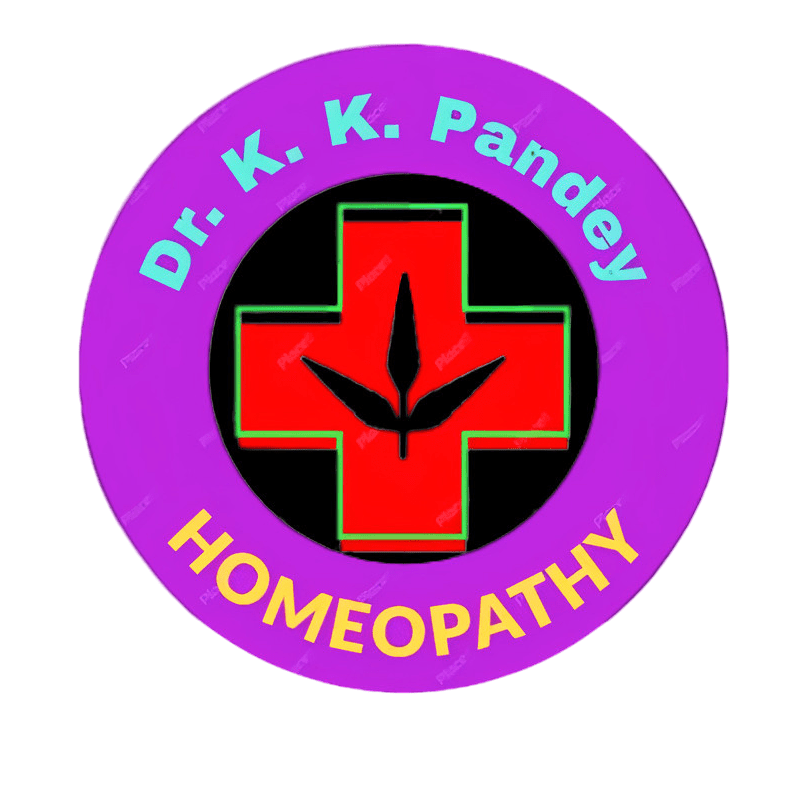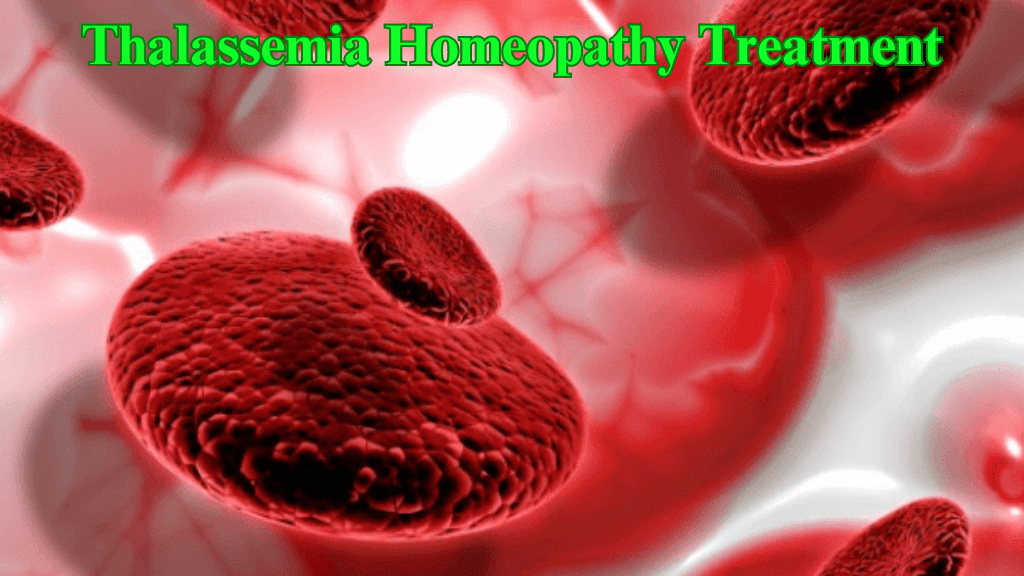
Today we will discuss about thalassemia homeopathy treatment and it’s scope in the present life when everyone says that thalassemia is incurable.
Thalassemia: A Overview
Table of Contents
- 1 Thalassemia: A Overview
- 2 Introduction
- 3 Etiology
- 4 Epidemiology
- 5 History and Physical Examination
- 6 Evaluation
- 7 Treatment and Management
- 8 Thalassemia Homeopathy Treatment
- 9 Diet and Exercise:
- 10 Differential Diagnosis
- 11 Prognosis
- 12 Complications
- 13 Patient Education
- 14 Enhancing Healthcare Team Outcomes
- 15 Conclusion
Thalassemia represents a diverse group of hereditary blood disorders characterized by defective hemoglobin synthesis, leading to ineffective erythropoiesis. This condition typically results in early-onset anemia, necessitating regular blood transfusions to maintain hemoglobin levels. This activity provides an overview of the evaluation and treatment of thalassemia, emphasizing the role of an interprofessional healthcare team in managing this condition.
Objectives:
1. Discuss the etiology of thalassemias.
2. Review laboratory and bedside evaluation techniques for managing thalassemia patients.
3. Outline the treatment and management options for thalassemia especially thalassemia homeopathy treatment.
4. Identify strategies for improving interprofessional care coordination and communication to enhance outcomes for thalassemia patients.
Introduction
Thalassemias are genetic disorders caused by decreased synthesis of the alpha or beta chains of hemoglobin (Hb), leading to anemia that begins in early childhood and persists throughout life. Hemoglobin, the oxygen-carrying component of red blood cells, consists of two proteins: alpha and beta. Inadequate production of these proteins results in malformed red blood cells that cannot carry sufficient oxygen, causing chronic anemia. Thalassemia is inherited, meaning at least one parent must carry the gene mutation or deletion responsible for the condition.
1. Alpha Thalassemia:
Results from deletions in the alpha-globin gene, varying from mild to severe based on the number of deleted alleles. The most severe form, involving four deleted alleles, is incompatible with life and results in hydrops fetalis.
2. Beta Thalassemia:
Caused by point mutations in the beta-globin gene. The severity ranges from beta-thalassemia minor (mild and often asymptomatic) to beta-thalassemia major (severe anemia requiring lifelong transfusions). Beta-thalassemia intermedia presents with moderate symptoms.
See Also- Thalassemia Whole Information in Hindi-
Etiology
Thalassemia is an autosomal recessive disorder requiring both parents to be carriers for the disease to be passed to the next generation. It is caused by mutations or deletions in hemoglobin genes, resulting in reduced or absent alpha or beta chain production. There are over 200 known mutations associated with thalassemias.
Epidemiology
Alpha thalassemia is usually found in Asian and African populations, while beta-thalassemia is more common in the Mediterranean region, Southeast Asia, and Africa, with prevalence rates as high as 10%. The exact number of affected individuals in the United States remains unknown due to the lack of effective screening programs.
History and Physical Examination
Thalassemia’s clinical presentation varies widely. Key findings include:
Skin: Pallor due to anemia and jaundice from hyperbilirubinemia. Chronic transfusions can lead to bronze skin.
Musculoskeletal: Bone deformities due to extramedullary hematopoiesis, such as the “chipmunk face.”
Cardiac: Arrhythmias and heart failure from iron deposition in cardiac tissues.
Abdominal: Hepatosplenomegaly and cholelithiasis due to chronic hemolysis.
Hepatic: Chronic liver failure or cirrhosis from iron overload.
Growth and Development: Delayed growth and puberty.
Endocrine: Diabetes mellitus, hypothyroidism, and hypoparathyroidism from iron deposition.
Neurological: Early-onset Parkinson’s disease and peripheral neuropathies due to iron deposition in the brain.
Evaluation
Diagnostic tests include:
Complete Blood Count (CBC): Initial test showing low hemoglobin and low MCV, with the Mentzer index distinguishing thalassemia from iron deficiency anemia.
Peripheral Blood Smear: Reveals microcytic, hypochromic cells, anisocytosis, poikilocytosis, reticulocytosis, target cells, and Heinz bodies.
Iron Studies: Rule out iron deficiency anemia.
Hemoglobin Electrophoresis: Identifies the types and amounts of hemoglobin present.
DNA Analysis: Confirms mutations in alpha and beta globin genes, useful for prenatal screening and family studies.
Treatment and Management
Treatment varies by disease severity:
Mild Thalassemia: May require occasional blood transfusions.
Moderate to Severe Thalassemia:
Regular Blood Transfusions: Maintain hemoglobin levels around 9-10 mg/dL.
Chelation Therapy: Prevent iron overload from chronic transfusions.
Stem Cell Transplant: Potentially curative for severe cases but comes with significant risks.
Gene Therapy: Experimental, involving genetic modification of hematopoietic stem cells.
Genome Editing: Techniques like CRISPR aim to correct specific mutations.
Splenectomy: Reduces transfusion requirements and controls extramedullary hematopoiesis.
Cholecystectomy: Performed if symptomatic gallstones develop.
Thalassemia Homeopathy Treatment
Homeopathy, an alternative medical practice, offers treatments based on the principle of “like cures like.” Although not a substitute for conventional treatments, some homeopathic remedies are used adjunctively to manage thalassemia symptoms:
- Ferrum Metallicum: Used for anemia and fatigue.
- Calcarea Phosphorica: Aids in bone health and growth.
- Natrum Muriaticum: Addresses general weakness and chronic anemia.
- China Officinalis: Helps with weakness from blood loss and anemia.
- Carcinosin: Supports red blood cell health.
- Tuberculinum: Addresses abnormally large red cells.
- Silicea: Helps with anemia due to degenerative changes in blood.
See Also: https://www.youtube.com/watch?v=Ryp0rcWz6ro
It is essential for patients considering Thalassemia homeopathy treatment to consult with healthcare professionals to ensure these treatments are safe and do not interfere with conventional therapies.
Diet and Exercise:
Diet and Exercise has a important role along with thalassemia homeopathy treatment. Drinking tea may reduce iron absorption, and low doses of vitamin C with deferoxamine can aid in iron excretion.
Differential Diagnosis
Conditions to consider include:
– Iron deficiency anemia
– Anemia of chronic disease or renal failure
– Sideroblastic anemias
– Lead poisoning
Prognosis
Thalassemia minor typically has a good prognosis with minimal impact on morbidity or mortality. Thalassemia major requires rigorous treatment adherence to prevent severe complications and improve long-term outcomes.
Complications
Potential complications of thalassemia major include:
– Jaundice and gallstones
– Bone deformities
– Cardiac failure and arrhythmias
– Hepatosplenomegaly
– Iron overload leading to hemochromatosis
– Neurological issues
– Delayed growth and puberty
– Increased risk of infections, particularly after splenectomy
Patient Education
Key points for patient education include:
– Avoiding excess iron intake.
– Following a balanced diet and possibly taking folic acid supplements.
– Protecting against infections through vaccinations and preventive measures.
– Understanding the hereditary nature of the disease and its implications for offspring.
Enhancing Healthcare Team Outcomes
Managing thalassemia effectively requires a coordinated interprofessional approach involving homeopath, hematologist, cardiologist, hepatologist, endocrinologist, psychologist, social worker, geneticist, and nursing support. Comprehensive care includes regular monitoring, patient education, and adherence to treatment plans. Preventive strategies, such as prenatal screening and genetic counseling, are crucial in high-risk populations. Social workers play a vital role in ensuring patients have access to necessary resources and support.
Conclusion
Thalassemia is a genetic blood disorder that needs careful and ongoing management. Modern treatments like regular blood transfusions, iron chelation therapy, stem cell transplants, and new gene therapies have greatly improved the lives of people with this condition. While Thalassemia Homeopathy Treatment can provide support to the patient to cure. They can be used standard medical treatments with under the supervision of homeopathic professionals.
Taking care of thalassemia requires a team effort. Doctors, specialists, genetic counselors, and support systems must work together to provide the best care possible. Educating patients and their families about the condition, preventive measures, and the importance of sticking to treatment plans is crucial for improving health outcomes.
By continuing to promote teamwork among healthcare providers and advancing research in both conventional and alternative treatments, the outlook for people with thalassemia is becoming more positive. These combined efforts can significantly enhance the quality of life for those living with this challenging condition.





